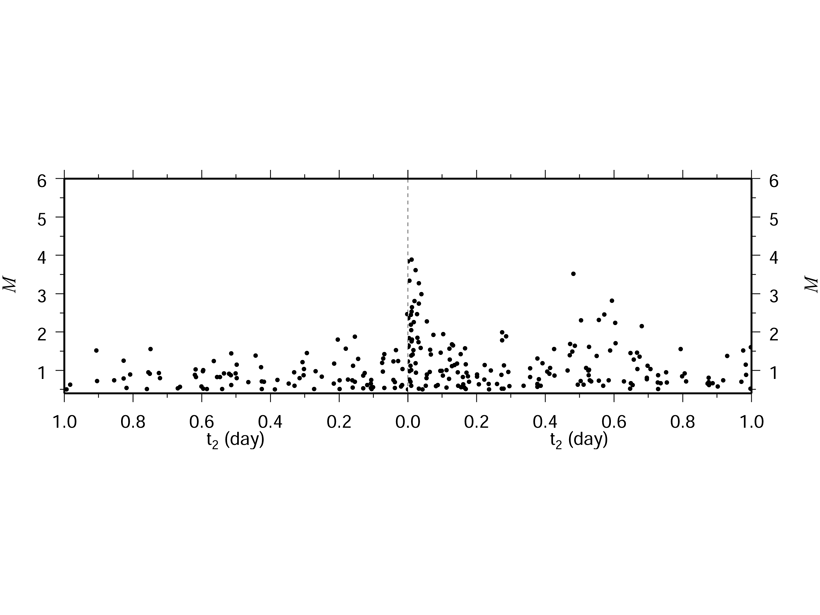Source: AGU Advances
The effect of passing earthquake waves on local seismicity can reveal how the crust accommodates fault interactions. Better earthquake catalogs have previously led to the identification of local cascades of events, and here, Miyazawa et al. [2021] use such data to further quantify remote triggering. The increase in seismicity scales with the strength of the ground shaking. The effect is not immediate but shows a delay and decay in the number of triggered events that appears slower than for typical aftershocks. This implies that a different process is at work and, since triggering is not restricted to fluid rich regions, some other transient deformation might be required. While the impact of remote triggering is only equivalent to that of a small local earthquake, hazard may nonetheless be affected significantly as wide regions experience shaking, and a cascade of triggered events may result.
Citation: Miyazawa, M., Brodsky, E. E., & Guo, H. [2021]. Dynamic earthquake triggering in southern California in high resolution: Intensity, time decay, and regional variability. AGU Advances, 2, e2020AV000309. https://doi.org/10.1029/2020AV000309
—Thorsten W. Becker, Editor, AGU Advances
Text © 2021. The authors. CC BY-NC-ND 3.0
Except where otherwise noted, images are subject to copyright. Any reuse without express permission from the copyright owner is prohibited.

